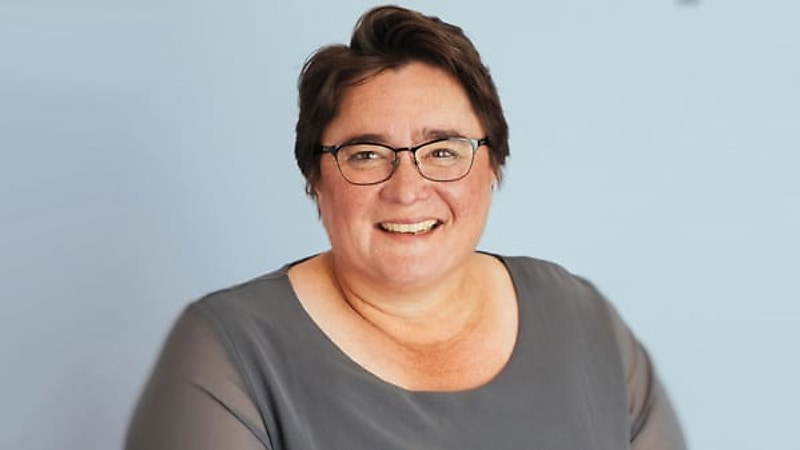Super-building strategies for younger members
There are two super-building strategies younger SMSF members should be made aware of to help them plan and save more effectively for their future, says one of the industry’s leading figures.
Meg Heffron, director of Heffron, said although older Australians may be used to thinking about their super, it’s not a focus for many younger adults.
“For those of us of a certain age, super is an obvious place to save. It’s beneficially taxed, there are lots of investment options, particularly in an SMSF, and we don’t have too long to wait before we can take it all back out again if we want to,” she said.
“But the same is not true for those in their 20s and 30s. At that time of life, it’s tempting to give super the bare minimum in terms of both money and attention.”
The first strategy for younger super members to consider is the government co-contributions, which are not just for young members but are available up until age 71.
“I like to describe this as ‘free money from the government’. The deal is you put up to $1000 of your own money into super as a non-concessional contribution and the government will put another 50 per cent of this amount up to $500 for nothing,” she said.
However, this strategy is only possible for people who are working and at least 10 per cent of their income must come from a salary or running a business. It is also means-tested based on income. The maximum government co-contribution of $500 is only available to people whose income is less than $43,000. Those with an income of around $58,000 or more don’t qualify.
“Of course, the person also has to be allowed to make their own non-concessional contribution to super to get the government co-contribution but these days, almost everyone from 0 up to 75 can do this,” she said.
“Some people can technically make non-concessional contributions but their legal cap on these is $0 so in other words, they could make contributions but extra taxes would apply. In 2023/24, for example, this would apply to anyone with $1.9 million or more in super at 30 June 2023.”
The second super strategy worth discussing for those who wouldn’t ordinarily be keen on super is the First Home Super Savers Scheme (FHSSS) which essentially allows some people to tap into their historical super contributions to buy their first home.
However, again there are lots of rules, one being it is only available for a first home and anyone who has ever owned property in Australia before is ruled out even if that wasn’t a property they lived in. It also has to be used for a home that is not an investment property and there are deadlines about how quickly the money has to be used once it’s released from super.
“One very important feature of the rules at the moment is that the application to release the money has to be made before signing a contract to buy or build the property and this is now to be moved to a settlement date from September 2024, but current applications are still based on contract date,” Heffron said.
Unfortunately, only certain “voluntary” contributions can be released, including personal contributions or salary sacrifice contributions and it doesn’t include compulsory employer contributions.
“It could even include the $1,000 contributed to secure the government co-contribution but not the $500 co-contribution itself and it also doesn’t include contributions made by a spouse,” she said.
“Effectively, the law is allowing people to save ‘extra’ in their super fund for their home deposit but not tap into their compulsory retirement savings, and this is probably one of the reasons people don’t use this scheme as much as might be expected.”
The maximum amount that can be released is 85 per cent of any “concessional” contributions such as salary sacrifice contributions from an employer or personal contributions that have been claimed as a tax deduction.
In contrast, if all contributions were salary sacrifice contributions over many years, the maximum amount the member could get out would only be $42,500 – 85 per cent of this $50,000 – plus earnings.
“Only $15,000 from any one year can count so getting the maximum would require multiple years of voluntary super savings before buying the home,” Heffron added.
“When the money is released, the bit that comes from earnings and concessional contributions – but not non-concessional contributions – is taxed. The tax rate is the member’s normal marginal tax rate less a 30 per cent tax offset.”
Heffron said the result is that as a general rule, someone on a marginal rate of income tax that’s higher than 30 per cent can save tax by making salary sacrifice contributions and using the FHSS.
“Someone on a lower tax rate can potentially also save tax but only if they have enough personal income to use up the 30 per cent tax offset,” she said.
“It’s possible that the first home for a couple will be the first home for both of them so both might be able to access their super under the scheme.”








